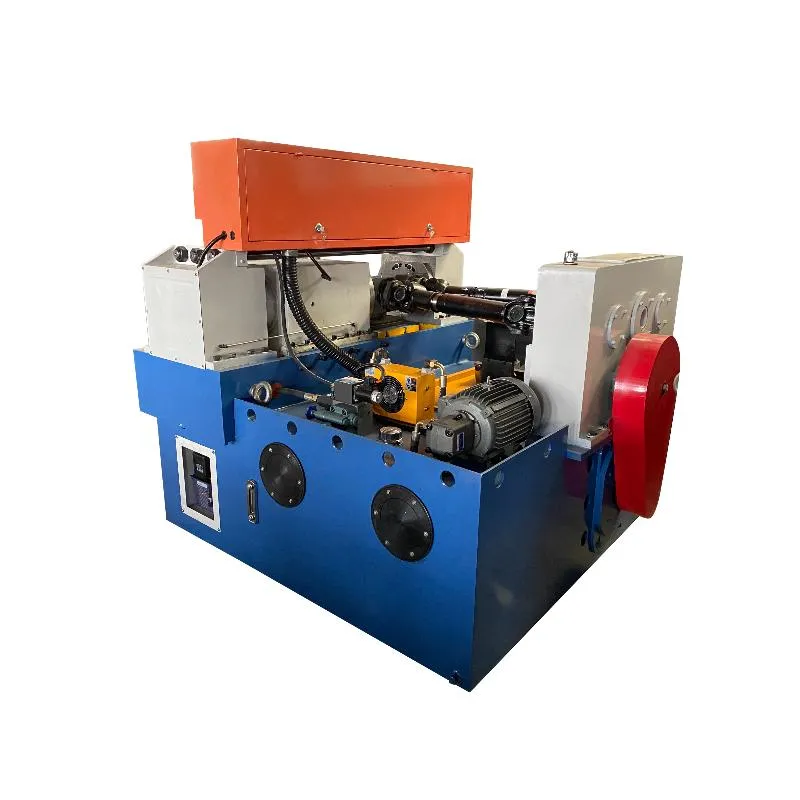
-
 Afrikaans
Afrikaans -
 Albanian
Albanian -
 Amharic
Amharic -
 Arabic
Arabic -
 Armenian
Armenian -
 Azerbaijani
Azerbaijani -
 Basque
Basque -
 Belarusian
Belarusian -
 Bengali
Bengali -
 Bosnian
Bosnian -
 Bulgarian
Bulgarian -
 Catalan
Catalan -
 Cebuano
Cebuano -
 Corsican
Corsican -
 Croatian
Croatian -
 Czech
Czech -
 Danish
Danish -
 Dutch
Dutch -
 English
English -
 Esperanto
Esperanto -
 Estonian
Estonian -
 Finnish
Finnish -
 French
French -
 Frisian
Frisian -
 Galician
Galician -
 Georgian
Georgian -
 German
German -
 Greek
Greek -
 Gujarati
Gujarati -
 Haitian Creole
Haitian Creole -
 hausa
hausa -
 hawaiian
hawaiian -
 Hebrew
Hebrew -
 Hindi
Hindi -
 Miao
Miao -
 Hungarian
Hungarian -
 Icelandic
Icelandic -
 igbo
igbo -
 Indonesian
Indonesian -
 irish
irish -
 Italian
Italian -
 Japanese
Japanese -
 Javanese
Javanese -
 Kannada
Kannada -
 kazakh
kazakh -
 Khmer
Khmer -
 Rwandese
Rwandese -
 Korean
Korean -
 Kurdish
Kurdish -
 Kyrgyz
Kyrgyz -
 Lao
Lao -
 Latin
Latin -
 Latvian
Latvian -
 Lithuanian
Lithuanian -
 Luxembourgish
Luxembourgish -
 Macedonian
Macedonian -
 Malgashi
Malgashi -
 Malay
Malay -
 Malayalam
Malayalam -
 Maltese
Maltese -
 Maori
Maori -
 Marathi
Marathi -
 Mongolian
Mongolian -
 Myanmar
Myanmar -
 Nepali
Nepali -
 Norwegian
Norwegian -
 Norwegian
Norwegian -
 Occitan
Occitan -
 Pashto
Pashto -
 Persian
Persian -
 Polish
Polish -
 Portuguese
Portuguese -
 Punjabi
Punjabi -
 Romanian
Romanian -
 Russian
Russian -
 Samoan
Samoan -
 Scottish Gaelic
Scottish Gaelic -
 Serbian
Serbian -
 Sesotho
Sesotho -
 Shona
Shona -
 Sindhi
Sindhi -
 Sinhala
Sinhala -
 Slovak
Slovak -
 Slovenian
Slovenian -
 Somali
Somali -
 Spanish
Spanish -
 Sundanese
Sundanese -
 Swahili
Swahili -
 Swedish
Swedish -
 Tagalog
Tagalog -
 Tajik
Tajik -
 Tamil
Tamil -
 Tatar
Tatar -
 Telugu
Telugu -
 Thai
Thai -
 Turkish
Turkish -
 Turkmen
Turkmen -
 Ukrainian
Ukrainian -
 Urdu
Urdu -
 Uighur
Uighur -
 Uzbek
Uzbek -
 Vietnamese
Vietnamese -
 Welsh
Welsh -
 Bantu
Bantu -
 Yiddish
Yiddish -
 Yoruba
Yoruba -
 Zulu
Zulu
Flat Thread Rolling Machine Manufacturers and Their Production Capabilities
The Rise of Flat Thread Rolling Machine Factories
In recent years, the manufacturing sector has witnessed substantial advancements, particularly in the field of machinery production. Among the various types of machinery, flat thread rolling machines have emerged as a crucial component in numerous industries. These machines are designed to produce high-precision threaded components, which are vital in construction, automotive, aerospace, and many other manufacturing sectors. The inception and growth of flat thread rolling machine factories are reshaping the landscape of industrial production.
Understanding Flat Thread Rolling Machines
Flat thread rolling machines employ a specific technique called rolling, which transforms flat material into complex shapes with threads. The process involves pressing the material between two dies that have the negative shape of the desired threads. This method is highly efficient, allowing for the production of components with great precision and minimal waste. The advantages of using flat thread rolling over traditional machining processes include enhanced mechanical properties, improved surface finish, and reduced production costs.
Factors Driving Factory Establishment
Several factors are contributing to the proliferation of flat thread rolling machine factories around the globe. Firstly, the increasing demand for high-quality threaded components has compelled manufacturers to invest in advanced machinery. Industries such as construction and automotive are striving to produce high-strength fasteners that can withstand extreme conditions, all of which require high precision and reliability in manufacturing processes.
Secondly, technological advancements play a significant role in the establishment of these factories. Modern flat thread rolling machines are equipped with advanced controls and automation features that enhance productivity. Manufacturers can achieve consistent quality and lower operational costs by adopting CNC (Computer Numerical Control) technology, minimizing human error and labor costs in the process.
Another factor is the growing trend of sustainability in manufacturing. Rolling processes generate less waste compared to traditional cutting methods, aligning with the industry's ongoing push towards environmentally friendly practices. This has prompted many companies to transition to thread rolling technologies, resulting in an increase in the number of dedicated factories.
flat thread rolling machine factories

Geographical Expansion of Factories
The spread of flat thread rolling machine factories is also evident in various regions worldwide. Countries with booming manufacturing sectors, such as China, Germany, and the United States, are at the forefront of this trend. China, with its vast industrial base, has established numerous factories to meet the burgeoning local and global demand for threaded components. In Europe, advanced manufacturing hubs like Germany are focusing on high-precision engineering, thus investing in technologically sophisticated rolling machines.
Moreover, emerging economies in Southeast Asia and South America are beginning to attract investments in machinery manufacturing. These regions see the establishment of new factories that not only serve local markets but also act as exporters for high-quality threaded components, further enhancing global supply chains.
Challenges and Future Outlook
Despite the opportunities presented by the rise of flat thread rolling machine factories, the industry is not without its challenges. Factors such as fluctuating material costs, skilled labor shortages, and economic uncertainties can hinder growth. Additionally, the need for continual innovation in machine design and process efficiency presents ongoing challenges for manufacturers.
Moving forward, the outlook for flat thread rolling machine factories remains positive. As industries evolve and new applications for threaded components emerge, the demand for efficient production techniques will likely continue to grow. The integration of Industry 4.0 technologies, such as IoT and artificial intelligence, will further enhance the capabilities of flat thread rolling machines, paving the way for a new era of manufacturing.
In conclusion, the rise of flat thread rolling machine factories marks a significant transformation in the manufacturing landscape. As technological advancements continue to shape production processes and meet the increasing demand for high-quality components, these factories are poised to play a pivotal role in the industry’s future. The combination of efficiency, sustainability, and innovation will drive the continued growth of this essential sector.
